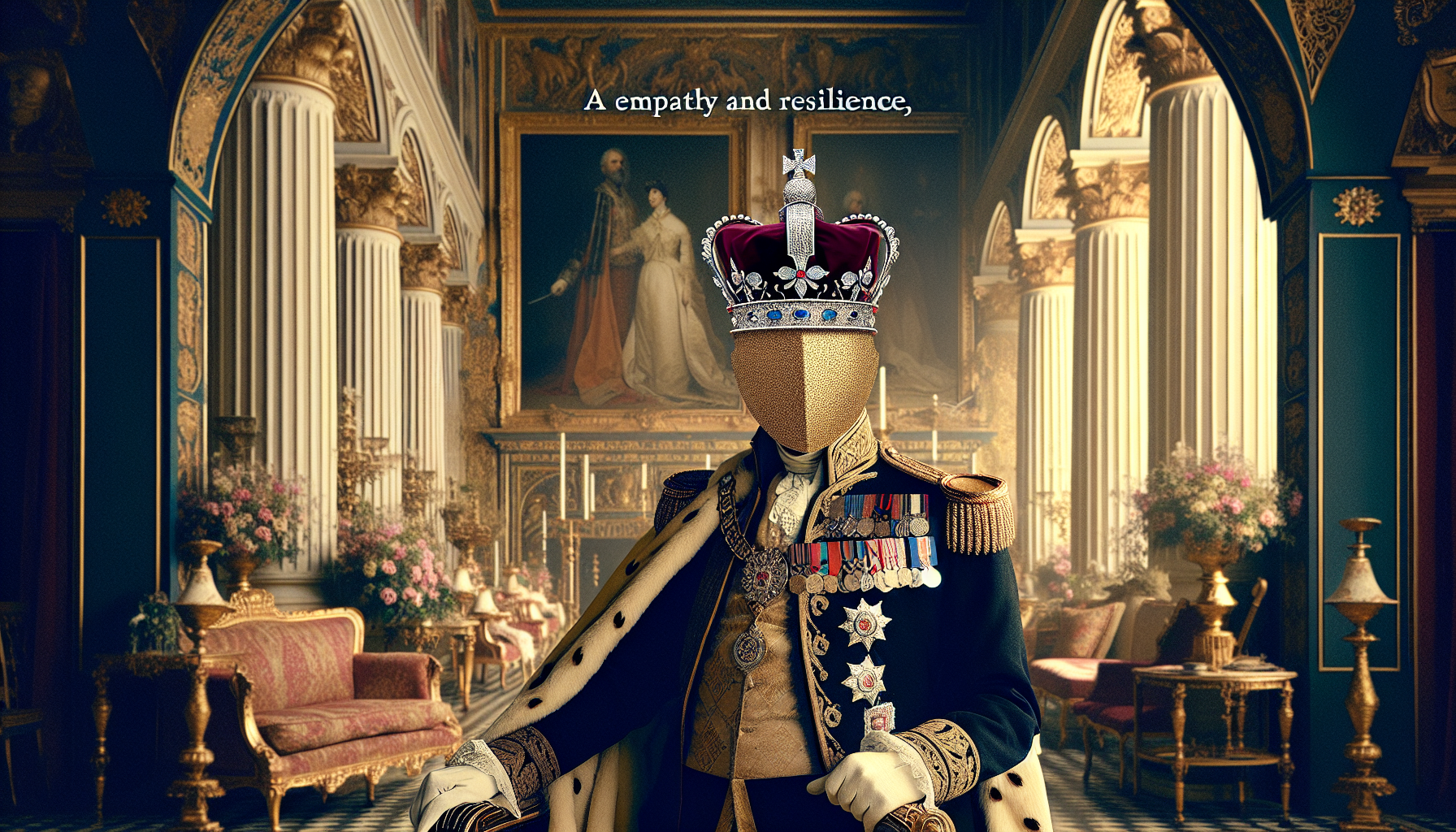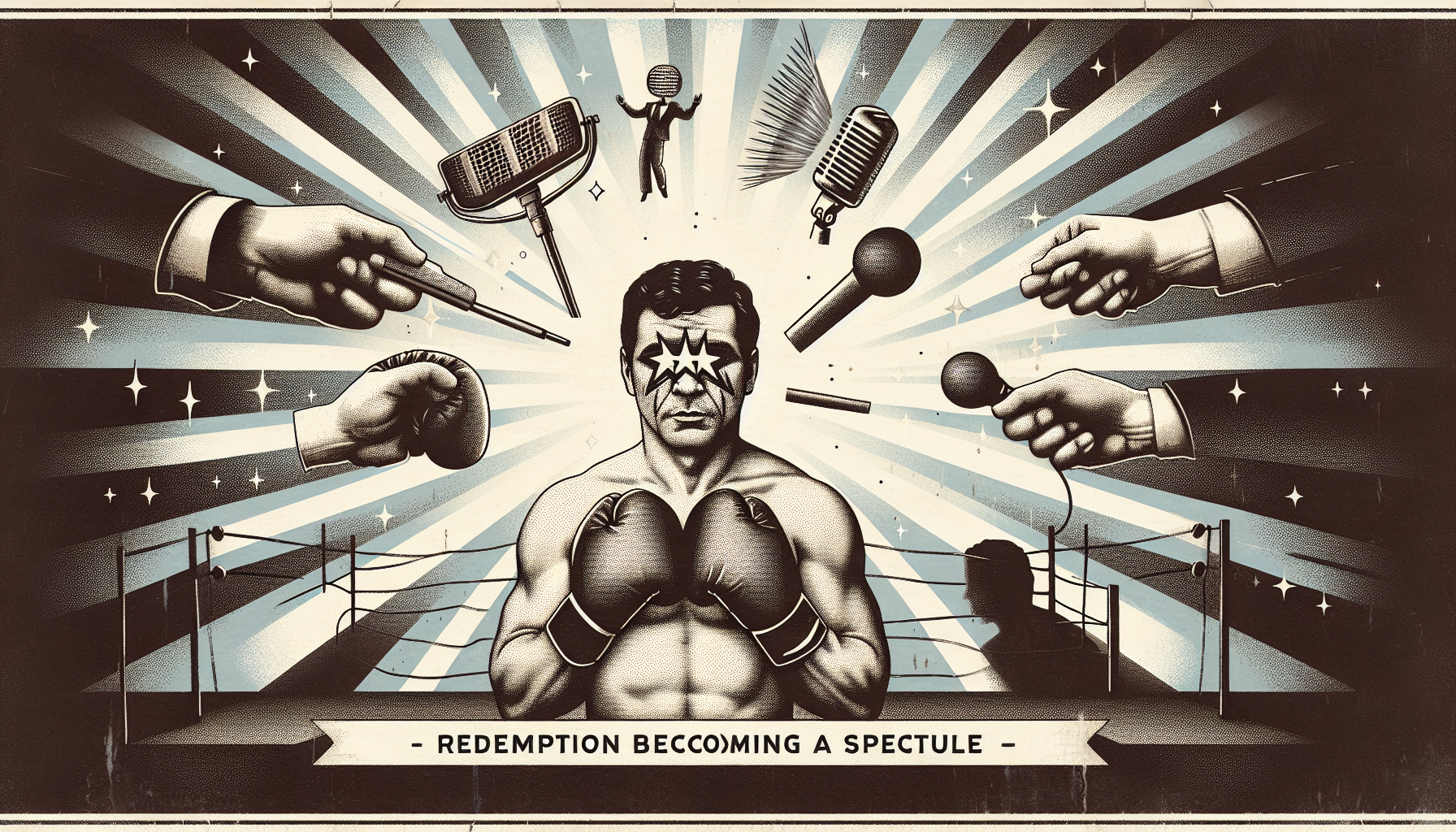Title: A Crown Draped in Black: King Charles III's Quiet Resolve Amid Tragedy
Dear readers,
In a world often oversaturated with pomp and ceremony, it's the hushed, solemn gestures that sometimes speak the loudest. As King Charles III dons his ceremonial garb for this year's Trooping the Colour, the regal aura is tinged with a somber hue—a black armband, a minute's silence—a tribute to the tragic recent Air India crash that claimed 241 souls.
This moment begs us to pause and consider the weight of a crown not just adorned with jewels, but with the empathy of a grieving world. In this ceremonial juxtaposition of celebration and mourning, the British monarchy continues to find its place in a constantly shifting cultural landscape.
A Parade of Honor, A Gesture of Mourning
Tradition and tragedy will walk hand in hand this Saturday in London. King Charles has requested black armbands for those taking part in the Trooping the Colour to honor the victims of the crash. The armbands, a subtle yet powerful symbol, will add a layer of poignant sincerity to a day typically awash with the bright pageantry of royal regalia and the vibrant Red Arrows flypast.
Yet, it's not about what’s worn on the sleeve but what resides within the heart. For Charles, the decision to adorn a simple black band alongside his traditional attire speaks volumes about the intertwining of royal duty with human empathy.
Navigating the Fine Line
Even as he attends to his duties, King Charles continues his personal battle with cancer. Despite his treatment regimen, he remains a steady compass for the nation, recently engaging in a well-received visit to Canada. This dedication to service, amidst personal trials, echoes a deep-rooted royal philosophy: to lead by example, embodying resilience and resolve.
Contrast this with his decision to incorporate widespread mourning into the Trooping the Colour, and we see a king who understands the power of shared sorrow. It was never merely about protocol or tradition, but about opening a door to collective healing—an invitation for a nation to unite in respect and reflection.
From Balcony to Battleground
While the royal family will greet the public from Buckingham Palace’s balcony, the underlying narrative is one of solidarity. Flags at half-mast, coachmen in armbands, senior royals in a funeral hue, all participate in an age-old ritual of remembrance, wrapped in modern acknowledgments of shared grief.
Charles's compassionately crafted minute of silence doesn't just honor the lost lives but asserts a universal truth: in tragedy, we are one. It underscores an often-overlooked element of monarchy—its potential to bridge the divide between royal privilege and everyday struggles.
Legacy of Empathy
This is not the first time King Charles has placed empathy at the forefront of his royal mission. Much like his late mother, Queen Elizabeth, and echoed by the universally beloved Princess Diana, Charles seeks to humanize monarchy—one empathetic gesture at a time.
Today's monarchy, under Charles’s reign, champions not just dutiful governance but a compassionate approach to leadership. It's about connecting on a human level, acknowledging losses, celebrating resilience, and showing solidarity through humble, heartfelt actions.
In an era rife with clamor and spectacle, it is these moments of silent reverence that may well define Charles’s legacy.
What Wishes Stay Unspoken?
As we turn our eyes to the Trooping the Colour, what other subtle shifts might we witness? Will this event usher in further moments where the crown is less a symbol of authority and more a beacon of human connection? Only time will unearth these possibilities.
For now, as the black armbands flutter softly in the summer breeze, let us remember—both the lives lost and the king who, despite personal afflictions, stands resolute in reminding us all of our shared humanity.
Until next time—cherish connection, not just celebration.
Yours in reflection,
A Witness to Quiet Strength

